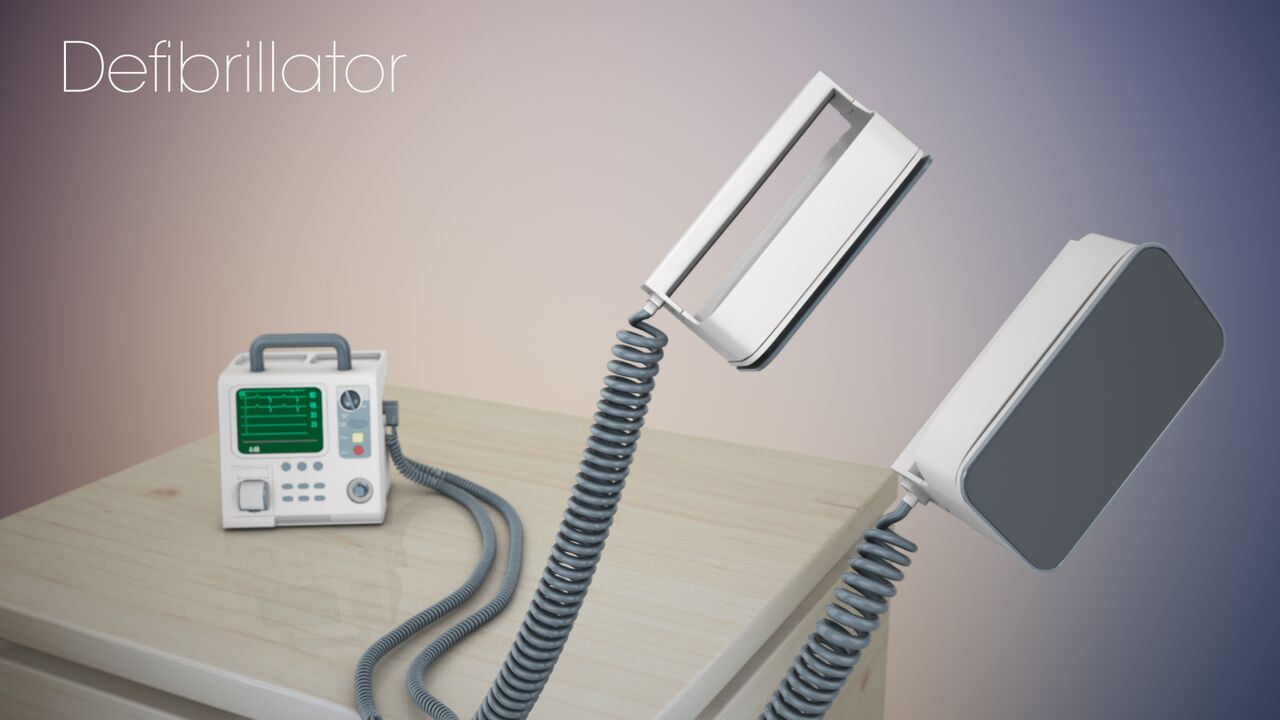Until only a few years back, innovative new drugs and medical devices became available in other countries much before they became accessible to the U.S. citizens. The reason was FDA’s approval process, which thoroughly checks not only product safety but effectiveness.
As a result, the FDA approved medical devices were far from being pioneers in the global market. The transcatheter heart valve, for instance, that revolutionized heart treatments, only became available to American patients six years ago after 41 countries had already adopted it.
However, since then FDA has sharpened its focus on patient access to innovative medical devices. On June 5, 2017, FDA became the first regulatory body in the world to approve Sapien 3, the most recent iteration of the Sapien valve used to treat patients at a high risk of wearing off their prosthetic valves.
To rise from 42nd position to the first slot, the FDA certainly had to work on its creativity and commitment. The Heart Valve Review Team first streamlined FDA’s expectations for nonclinical testing. This had been a major roadblock in pushing innovative valve replacement devices from bench to bedside. The expectations were made more consistent, predictable, and transparent, which helped significantly reduce the total time to initiating clinical research and studies. The team also worked closely with the industry on creative clinical trial designs as well as the use of clinical research evidence that could demonstrate that the device is safe and effective when used in the intended patient population.
Flashback...
The oversight authority of medical devices was placed within the Food and Drug Administration only after the Medical Device Amendments Act of 1976, prior to which there was no regulation of medical supplies in the U.S. The Act established a three-tier classification system for devices, which are assigned based on the perceived risks associated with using a product. Class III devices are defined as those used for supporting or sustaining human life or are critical for preventing potentially unreasonable risk of illness or injury. Class I and Class II devices are lower risk devices.
The current picture…
Up till now, the medical device industry lacked a simple, automated way for hospitals to keep track of lost, wasted and expired supplies.
In 2013 came FDA’s regulations on unique device identification (UDI). The first three phases are already in place, mandating UDIs on labels and packages for implantable, life-supporting and life-sustaining Class II and Class III devices. Class III devices, if intended for reprocessing and reuse, included a UDI as a permanent marking on the device itself, as they entail the highest level of risk.
In 2018, the regulations will ramp up to require a UDI as a permanent marking on Class II devices as well. And by 2020, all classes of medical devices must bear a permanent UDI, if they’re intended for reprocessing prior to each use.
Jeffrey Shuren, director of the Center for Devices and Radiological Health views FDA rules as a way to establish “a consistent and standard way to identify medical supplies throughout their distribution and use,”. In addition, the information will serve as the basis for a National Evaluation System for medical devices, aiding in the reporting of adverse events, product defects and recalls.
Such a system makes eminent sense for the industry, allowing healthcare professionals to keep track of medical devices that are implanted in patients, and maintain a searchable database that can be consulted in the event of a recall.
References:
- The FDA and the Regulation of Medical Device Innovation: A Problem of Information, Risk, and Access
- How FDA's Rule on Medical-Device Tracking Can Cure a Sick Supply Chain
- How Creative FDA Regulation Led to First-in-the-World Approval of a Cutting-Edge Heart Valve

Marketing in Pharmaceutical Companies through Medical Animations
Present market for pharmaceutical companies is extremely dynamic and competitive. Considering the expenditure in billions to bring a drug to market, and given that only 2 in 10 medicines are able to generate revenues that match or exceed average R&D costs, Read More..

How 3D Medical Animation Benefits Medical Device Startups?
As more is discovered about the human body, there’s an increasing need to convey those discoveries effectively. A 3D medical animation is an ideal way to fulfill that need. For a medical device startup company in its initial phase, that relies on heavy promotion and advertisement to get noticed by its audience, Read More..









